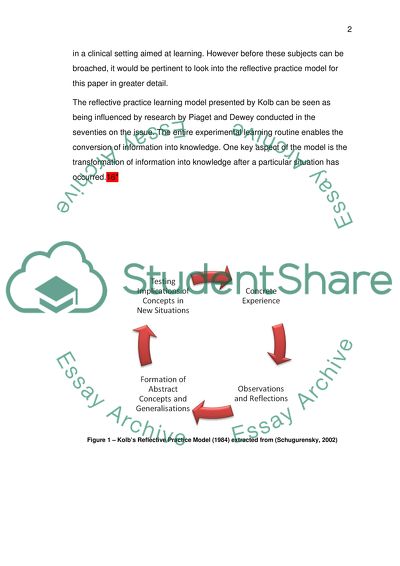Cite this document
(“Reflect on and analyse feedback on own teaching (educational review, Essay”, n.d.)
Retrieved from https://studentshare.org/education/1398699--reflect-on-and-analyse-feedback-on-own-teaching
Retrieved from https://studentshare.org/education/1398699--reflect-on-and-analyse-feedback-on-own-teaching
(Reflect on and Analyse Feedback on Own Teaching (educational Review, Essay)
https://studentshare.org/education/1398699--reflect-on-and-analyse-feedback-on-own-teaching.
https://studentshare.org/education/1398699--reflect-on-and-analyse-feedback-on-own-teaching.
“Reflect on and Analyse Feedback on Own Teaching (educational Review, Essay”, n.d. https://studentshare.org/education/1398699--reflect-on-and-analyse-feedback-on-own-teaching.


